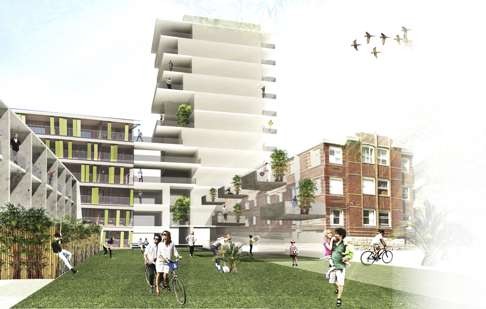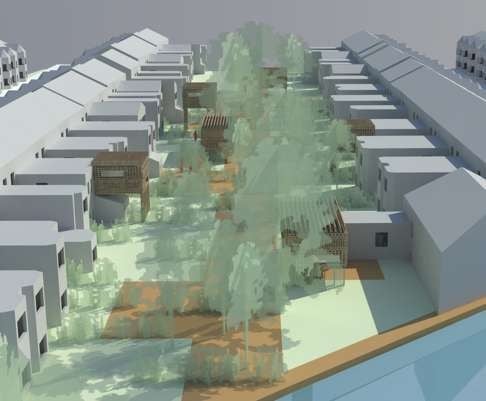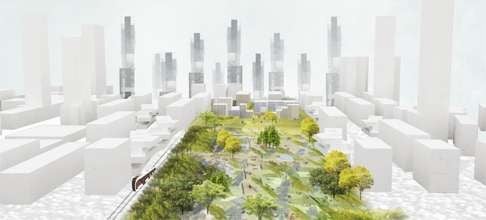
International design practice suggests alternative housing models for Shanghai, London and Sydney
Shanghai changes would place more than 1.8 million people in higher quality, better connected and more sustainable communities, says HASSELL principal in city
It’s a simple maths equation that two into one won’t go, yet society insists on squeezing more people into cities than seems comfortably possible.
When demand for inner urban housing exceeds land availability, planners have a problem – and continuously making apartments smaller may not be the best solution. International design practice HASSELL presents alternatives through its urban futures research project, which focused on cities with three distinct housing models: Shanghai, London and Sydney.
David Tickle, HASSELL principal and lead author of the report, said the challenge for planners was not only fitting people into cities, but providing them with the quality of life today’s urbanites expect.
“[Our concept] takes a fresh look at the complex challenges of city living, and uncovering new urban design approaches that will make our cities more productive, prosperous and liveable,” he said.
HASSELL had a presence in the three cities in the study “so we know them well”, but in Tickle’s view, the effect of rapid urbanisation on housing in each is a common thread. The different models – the Sydney “McMansion”, the Shanghai laneway house and the London estate – each had a response to housing demand in their time, “but failed in some way”, he said. Therefore, all had potential “for transformation for better social, environmental, lifestyle outcomes”.

Comparatively speaking, this renewal delivered a doubling of dwelling numbers, as well as open space, he added. “The proposal would yield 5,000 new apartments and 77,000 square metres of new green space for the suburb of Auburn, and the same concept could be applied to many more suburbs to address Sydney’s current affordability crisis,” he said.

“Applied to just 10 per cent of London’s row houses,” Tickle said, “this proposal would generate the potential for more than 100,000 new homes and 30,000 new garden allotments, significantly reducing the lengthy waiting lists for both.”

The studied neighbourhood is a typical hotch-potch of slab-box units built for workers in state-run factories, newer housing blocks in place of old industrial buildings, and some existing schools and community buildings.
Its layout was “disorganised and confusing”, with little open space, Mullane said. Yet as would be the case in many Chinese cities with a history of tearing down their past, there were social sensibilities to consider. Not everyone wanted to leave their old neighbourhood. The study aimed to find ways “to house them better”, and maintain the continuous narrative of the city.
HASSELL’s proposal involves a mix of retention and renewal: removing former industrial buildings that remain near schools and community facilities, replacing them with taller, modern residential towers, and creating new “neighbourhood cells” focused around green open space. Mixed-use towers would be built along major road corridors, and a surface-level transport loop (either light rail or bus) would link people with the parks, and back to the metro station.
In Shanghai’s middle ring alone, Mullane said, the research had identified 29 locations where such a transformation could take place. “This would place more than 1.8 million people in higher quality, better connected and more sustainable communities,” he said. “It would also contribute significantly to the government’s plan to green the city, delivering more than 200 hectares of new green space.”
Tickle said the concepts were not proposed as finite solutions, “rather as conversation starters for wider exploration, scrutiny and development”.

